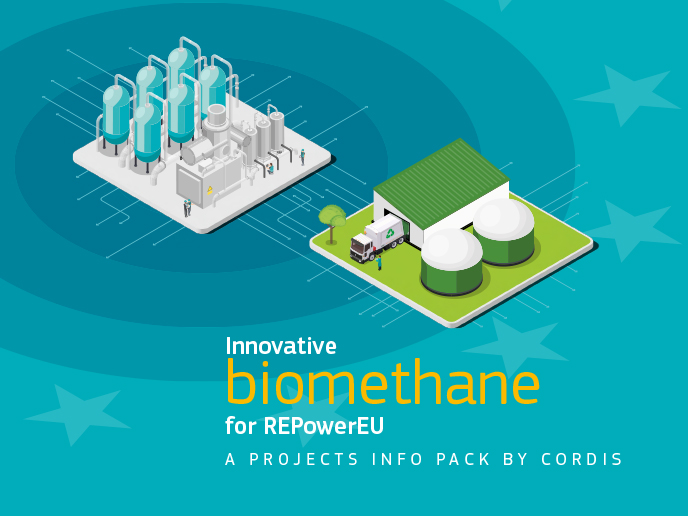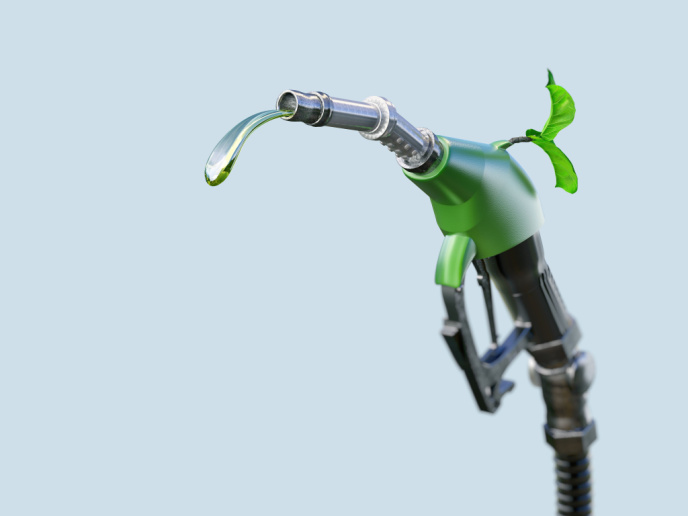Putting CO2 capture to the test
The increasing emission of greenhouse gases (GHG), especially CO2, has raised considerable concern for the environment. Emerging technology of CO2 capturing and sequestration following fossil fuel combustion promises to reduce undesirable CO2 levels by nearly 80 % and contribute to a cleaner environment. One of the methods used to sequester CO2 uses amine-based solvents. The overall objective of the EU-funded ‘CO2 capture using amine processes: International cooperation and exchange’ (Caprice) project was to bring together international experts in CO2 capture using amine processes. Partners initially standardised a common data sheet to enable them to collect and analyse information from different pilot plants. They monitored corrosion and validated the performance of monoethanolamine (MEA) as a liquid absorbent for CO2 capture. Different absorption membranes were manufactured and novel materials were tested and evaluated for their absorption and desorption capacity for high temperature applications. Post-combustion CO2 capture is an add-on technology to power plants and optimal integration is crucial for minimising energy requirements. To do that, the consortium developed tools to introduce the amine CO2 capture to power plants while calculating the efficiency penalties. The positions of steam draw and heat/water re-introduction into the power plant were optimised and their engineering details assessed. Overall, the Caprice project examined a variety of engineering and functional aspects of CO2 capture and simulated its integration in power plants. The cooperation of leading partners in the field ensured sharing of expertise and global resources to understand the process and prepare the ground for CO2 capture integration. Implementation of the technology in fossil fuel power plants is expected to have a significant impact on the environment and health.







